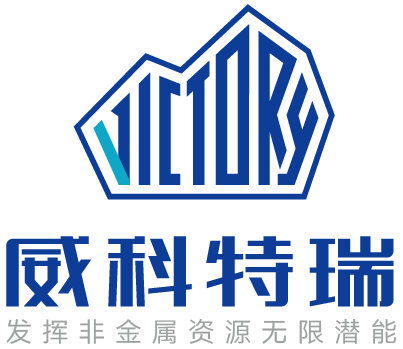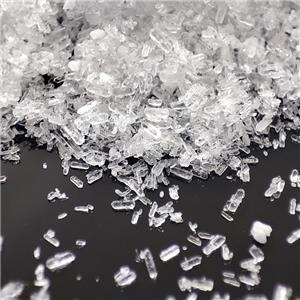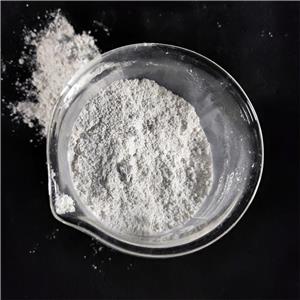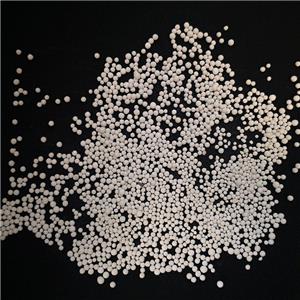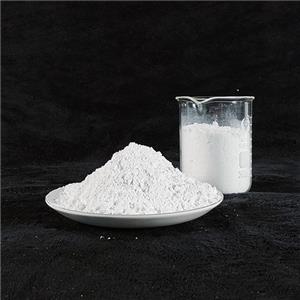Excellent! Talc plays an irreplaceable role in the papermaking industry
Application and development of talc powder in paper industry
During the papermaking process, various additives and fillers play a vital role in the quality and performance of paper. Among them, talc, as an important industrial raw material, plays an irreplaceable role in the papermaking industry with its unique properties.
Basic properties of talc powder
Talc is a hydrate of magnesium silicate with unique properties such as layered structure, softness and hydrophobicity. Its refractive index is equivalent to that of kaolin, and it has a flaky crystal shape, a high diameter-to-thickness ratio and low oil absorption. These properties enable talc to exhibit many advantages in the papermaking process.
Main applications of talc in papermaking
1. Improve paper quality and performance
As a papermaking filler, talc can significantly improve many properties of paper, including whiteness, smoothness, opacity, gloss and printability.
Enhanced coverage: The layered structure of talc powder enables it to cover the pulp fibers well, thereby improving the coverage and printability of the paper surface.
Improve ink absorbency: The addition of talc powder improves the ink absorbency of paper, allowing ink to better adhere to the paper surface, thereby improving printing quality.
2. Reduce production costs
The hydrophobicity of talc powder makes its surface have strong adsorption capacity for organic matter, which effectively reduces the production cost while reducing the amount of dye used. In addition, talc powder also has good binding properties with sizing agents, which can enhance the sizing effect, thereby reducing the paper's absorption of moisture and ink, preventing ink penetration, improving product stability, and further reducing production and processing costs.
3. Improve the performance of coated paper
In the production of coated paper, talc is often used as an alternative material for coating pigments, partially replacing kaolin or calcium carbonate.
Performance optimization: Since the refractive index of talc is equivalent to that of kaolin, it can replace kaolin without significantly affecting the optical properties of the paper.
High-speed printing adaptability: The use of talc powder can improve the printing surface strength of coated paper, making it more suitable for high-speed printing needs.
4. Improve waste paper deinking efficiency
Talc powdershows excellent performance in the deinking process of waste paper and can be used as a deinking agent:
Improve deinking efficiency: Talc powder can effectively separate the ink in waste paper and significantly improve deinking efficiency.
Environmental benefits: The application of talc powder reduces energy consumption and wastewater emissions during the deinking process, making it more environmentally friendly.
